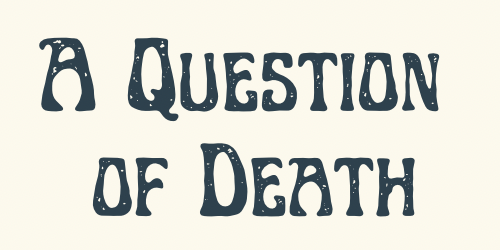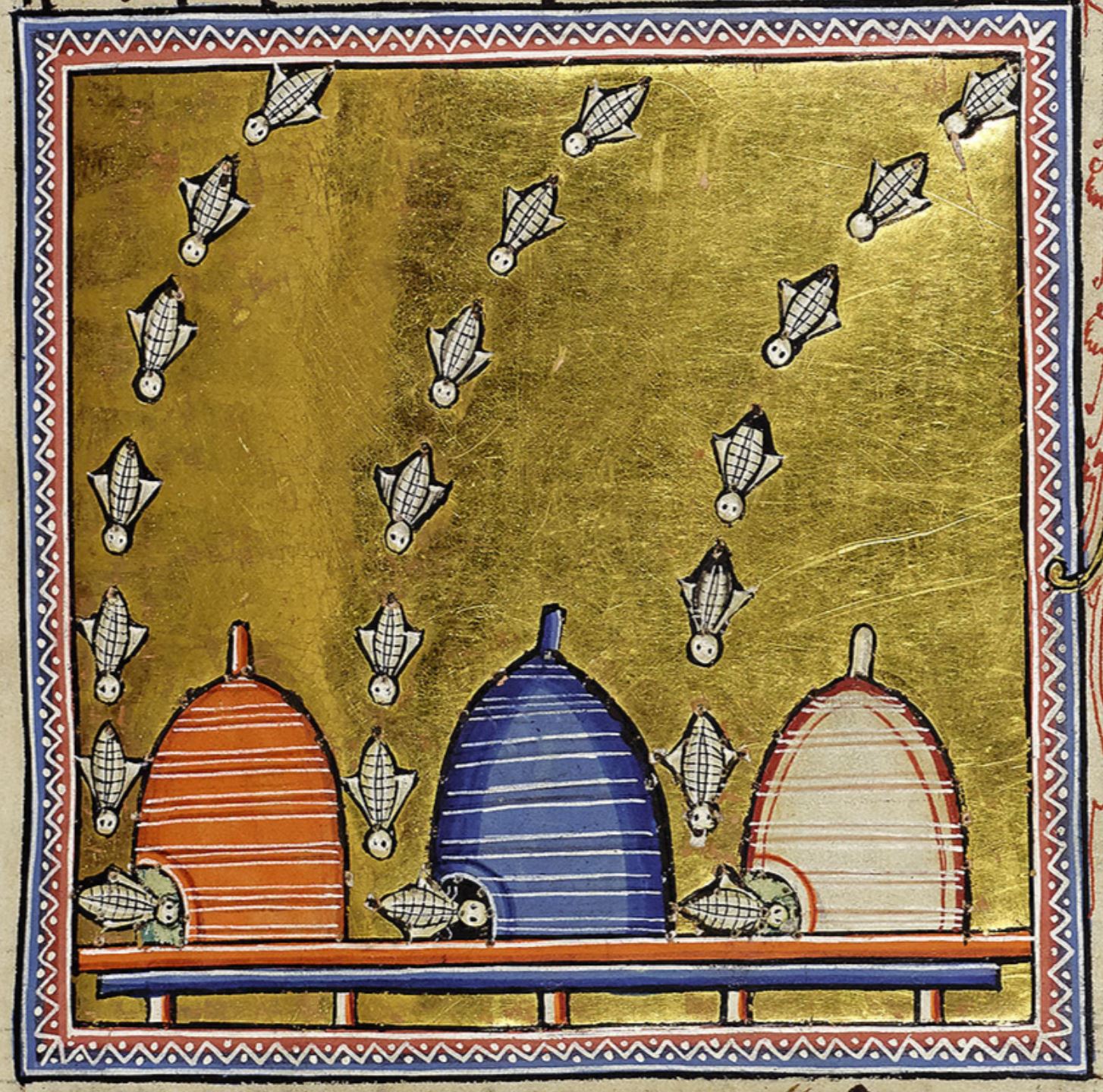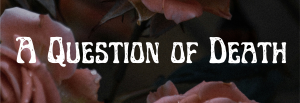The business of bees and the sweetness of honey don’t suggest their connection to death in the first instance but it doesn’t take much exploring to find out how close they actually are.
Honey was one of the grave gifts that was buried with Egyptian royalty as they considered honey an eternal food to be left forever in the sealed tombs so that the dead might be nourished in the afterlife with honey in its natural state as well as in the form of honey cakes. Honey does not spoil so it was associated with immortality and resurrection.
A jar of honey was found, still in a fairly liquid state in the excavated tomb of King Tut. As far as could be determined the jar had been hermetically sealed and placed in the tomb some 3300 years before its discovery. Archeologists tasted the honey and found it to still be sweet and had identifiably honey flavours. It wasn’t just a give good either, bandages were soaked in a liquid containing honey before wrapping the dead as its anti-bacterial properties retarded decay.
It wasn’t just the ancient Egyptians that venerated honey. The ancient Romans often used it to pay taxes and they loved it so much (well Virgil specifically) but were so mystified by where it came from that they considered that it might be sweat from the sky or spit from stars!
The miraculous status of honey may be why so many rulers and leaders (fictional and non-fictional) from the ancient world requested to be buried in honey. Either that or they thought that as honey was ‘incorruptible’ their bodies would not change or decay. Achilles, after being shot by an arrow in his only vulnerable spot, as well as the Kings of Sparta and Alexander the Great were all buried in honey. It wasn’t just people opting for this themselves. Herod I, King of Judea had his incredibly beautiful wife Mariamne executed as a result of a complex series of plots against her, which mostly originated from Herod’s wish for her to be executed in the event of his death as he didn’t want her to have another husband after him. Mariamne was not impressed by this and thus a series of actions occurred which led to her death. Herod had her preserved in honey and kept her by him for years because he grieved her passing so much.
In Burma the bodies of important men were placed in honey for a year, because the preparations for the funeral took that time. A Burmese student in Manchester in 1925 reported that this custom was still in place but only for monks. Apparently the leftover honey was then sold at markets because it was considered so incorruptible that even the dead could not change its nature.
Honey wasn’t only used for burial and embalming or snacks in the afterlife but was also used to honour, appease and make contact with the dead. The offering of honey to the dead is a very ancient custom. It seems that earlier civilisations thought either that they needed to regain the favour of the spirits of the dead or that they needed to be placated and that honey being the sweetest food known was perfect to sweeten the relationship with those that had died.
The sacrifices to the dead were generally threefold, and usually consisted of honey, oil, and wine; or honey and milk or water, oil, and wine; but whatever the constituents were, honey was always one of them. There is even an inscription on a golden plaque, found in southern Italy, which reads: “The dead is thrice offered a drink; a honey-mixture, milk and water.”
In the Charon of Lucian, Hermes is asked why men dig a trench and burn expensive feasts and pour wine and honey into a trench. Hermes answered that he cannot think what good it can do them, but “anyhow, people believe that the dead are summoned up from below to the feast, and that they flutter round the smoke and drink the honey draught from the trench.
In both the classical texts Iliad and Odyssey there are examples of the use of honey to attract the dead to receive their wisdom. Odysseus wanted to call up the spirit of the seer Tiresias, and the enchantress, Circe, tells him first to dig a trench and make a sacrifice to all the dead. Later, in Roman times, Silius Italicus in his 17 book poem Punica, tells how Scipio, wanting to call up his father’s ghost, went to Apollo’s priestess who told him to sacrifice lambs and add wine & honey.
Even the great playwright Euripides makes Helen send Hermione to the grave of Clytemnestra with offerings of honey, milk & wine:
There is also a strong connection between honey and the Ancient Greek Underworld. A clear example is heard from Medea in the eponymous piece where she tells Jason to win the favour of Hecate by ”pouring from a goblet the hive-stored labour of bees” He learns from this on another occasion he pours into the river sacrifices of honey and pure oil to earth, and to the gods of the country, and to the souls of heroes, beseeching them to aid him.
Cerberus, the three-headed dog who guarded the entrance to Hades, was known to be particularly fond of honey and was outwitted on more than one occasion by being thrown honey cakes. In the Aeneid a cake of honey and wheat is given to Aenied by the Sibyl in order to placate Cerberus. Either this or the gift of honey cakes is believed to be the origin of the phrase, “A sop to Cerberus.”
However it could be said that honey is so closely aligned with death because of the wonderful beings that produce it. Bees have strong connections to death and the underworld. In pre Roman Britain it was believed by some that bees could carry messages from the world to the world of the dead and could bring back messages from the Gods in the Otherworld and as such bees were treated with respect .
Some even considered bees to be the reincarnated souls of the dead and others thought that a person’s soul could leave their body in the form of a bee during a trance or deep sleep. There is a tale from Lincolnshire which relates that two travellers lay down side by side to rest, and one fell asleep. The other, seeing a bee settle on a neighbouring wall and go into a little hole, put his staff into the hole and so imprisoned the bee. Wishing to pursue his journey, he endeavoured to awake his companion, but was unable to do so till, resuming his staff, the bee flew to the sleeping man, and went into his ear. His companion then woke him, remarking how soundly he had been sleep-ing, and asked him what he had been dreaming of. “Oh,” said he, “I dreamt you shut me up in a dark cave, and I could not wake till you let me out.”
This is an English tale but this was a belief across the old Norse world, so much so that they even had a special word: ‘hamfarir’ for these wanderings of the soul of a living person. I love this idea, maybe some people’s vivid dreams could be said to be due their soul’s travelling although it is also terrifying when you consider how vulnerable a bee is. I will definitely be feeding any exhausted bees I see with sugar water just in case.
Some even consider the English Tradition of telling the bees about the death of the head of the household originates from the belief that they were men’s souls, and if not informed about the new master they would fly off to heaven to seek for the old one. I couldn’t find a definitive source for this but it makes a sort of sense.
Further Reading
A Taste of Honey – Jane Charlton & Jane Newdick
The Sacred Bee in Ancient Times and Folklore
The Honey Book – Emily Thacker
The Book of Honey – Claude Francis & Fernandez Gontier
The Magic of Honey – Dorothy Perlman
The Honey Book – Lucille Recht Penner
Shropshire Folklore Volumes 1-3 – Charlotte Sophia Burne
Telling the Bees & Other Customs – Mark Norman
Encyclopaedia of Superstitions, Folklore and Occult Sciences – (c.1903)
The Origins of Popular Superstitions- T. Sharper Knowlson
Featured Image Credit –
The image was obtained from the source listed below.
Aberdeen University Library Online Collections
Manuscript
Aberdeen University Library, Univ. Lib. MS 24 (Aberdeen Bestiary), folio 63r




